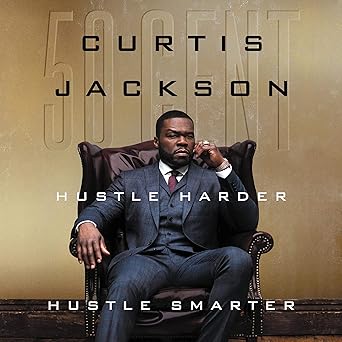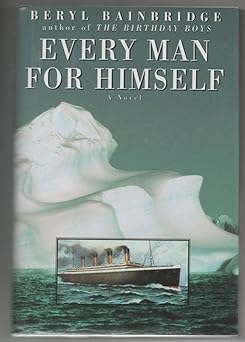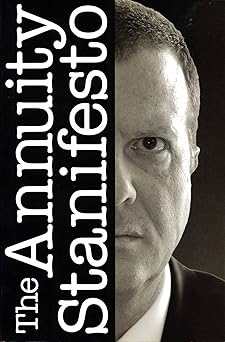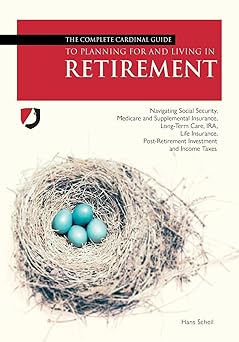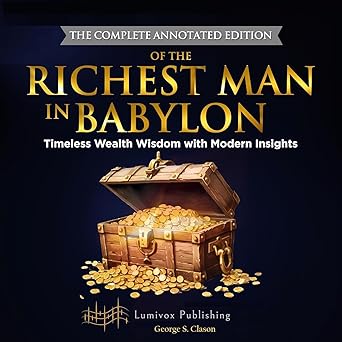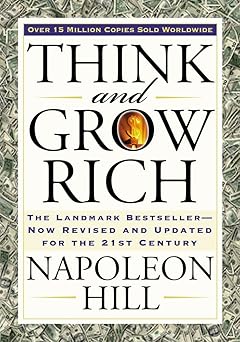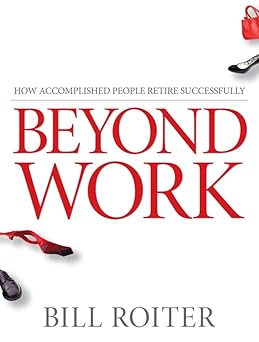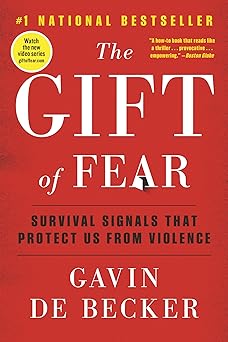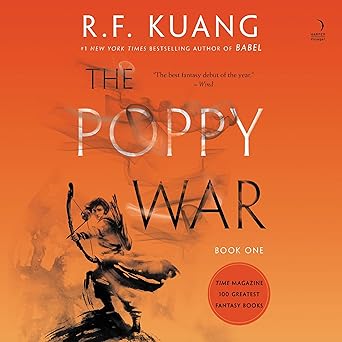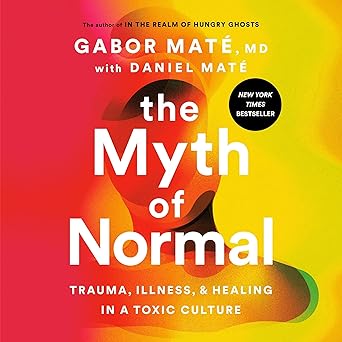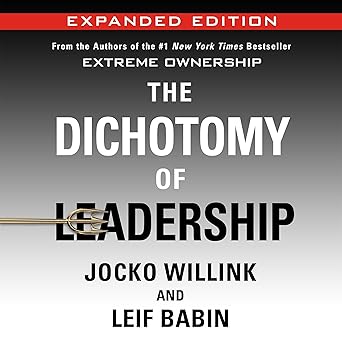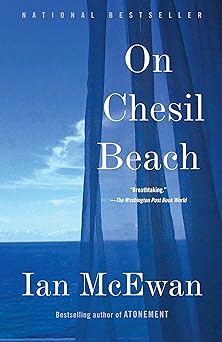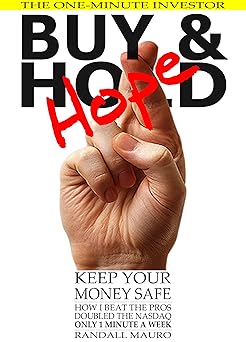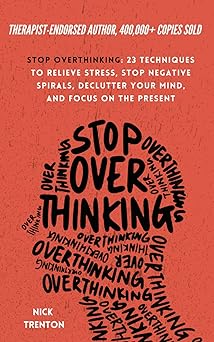Sometimes, I look back at my own life and realize how much I worried about things that didn’t really matter. I spent years chasing promotions, accumulating things, and stressing about what other people thought. It wasn’t until later, when my own parents started facing retirement – and the challenges that come with it, like navigating health plans and considering options like nursing homes – that I truly understood the importance of planning, not just for finances, but for a fulfilling life. Seeing their struggles, and the worry it caused our whole family, made me want to do better, to learn better, and to share what I learned with others.
Retirement. The word itself can feel like a full stop, an ending. But what if it's not? What if it’s a new beginning, a chance to redefine what matters? This isn’t just about saving money, although that’s certainly important. It's about building a future where you feel secure, healthy, and connected to the people and things you love. It’s about finding purpose beyond a paycheck.
I’ve put together a collection of books that tackle these big questions, offering practical advice and inspiring stories to help you navigate this next chapter with confidence and joy. These aren't dense textbooks; they're straightforward guides, written in a way that anyone can understand. Let's explore these ideas together and build a future we can all feel good about.
The Bogleheads' Guide to Investing
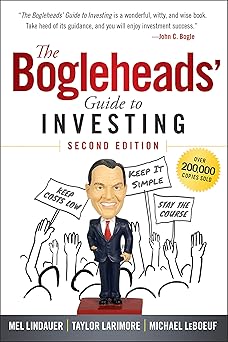
The Boglehead's Guide to Investing is a comprehensive handbook that offers a contrarian perspective on investing, guided by the wisdom of John C. Bogle. I'll never forget the first time I met someone who was frustrated with their investment portfolio - they were feeling overwhelmed, and didn't know where to start. I shared with them the basic principles of investing that I learned from this book, and within a few months, they had transformed their financial situation. This book provides a clear roadmap for anyone looking to improve their investment skills, by debunking the conventional wisdom promoted by Wall Street and offering practical advice on how to build a diversified portfolio. It also addresses tax-efficient investing, estate planning, and retirement savings, making it a valuable resource for anyone looking to plan for the future. The book's tone is approachable and humorous, making difficult concepts accessible to readers of all levels. With its emphasis on long-term investing and low-cost methods, this book has become a trusted guide for thousands of investors, and I have no doubt that it will continue to serve as a valuable resource for anyone looking to achieve financial stability and security.
Discover this book on Amazon (affiliate link)
Buy and Hope: How I Beat the Pros, Doubled the Nasdaq, Spending ONLY 1 Minute A Week
This book shares a refreshing take on investing, one that has helped its author, Randall Mauro, achieve financial freedom in just a few short years. What's amazing is that Mauro discovered his strategy by accident, after feeling frustrated and helpless with the traditional investment methods. He realized that most investors lose a significant amount of money during major market downturns, with some cases of losses reaching as high as 70% of their net worth. Mauro's own story is a testament to this, as he lost a substantial amount of money in 2008 but was able to recover significantly due to his newfound approach.
What sets Mauro's strategy apart is its simplicity and low time commitment. He recommends spending only 1 minute a week to implement his technique, which he calls Protective Investing. This approach is based on a few key principles that have been consistently proven to work. Mauro breaks down the traditional investment strategies, such as diversification and dollar cost averaging, and explains why they often fail to protect investors' wealth during market downturns. By dispelling these myths and sharing his own story, Mauro provides an alternative strategy that offers the potential for equal or better returns with significantly lower risk.
Mauro's approach is not just about beating the pros, but also about taking control of your investments and never feeling helpless again. He shares personal anecdotes, sound investment observations, and excellent investment quotes to illustrate his points. What's most impressive is that Mauro's strategy has been backtested over 40 years, providing a level of verification that's hard to match. By adopting this approach, you can gain financial freedom and never be at the mercy of the market or an advisor again. You'll be able to take control of your investments and make informed decisions that will help you achieve your financial goals.
Discover this book on Amazon (affiliate link)
Understanding Investing with Plain Talk and Common Sense
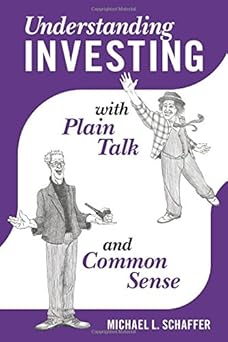
This book is a comprehensive guide to understanding investing, written in a clear and simple manner, making it accessible to anyone looking to take control of their financial future. The author emphasizes the importance of separating the media noise from the essential basics of investing, as without this foundation, one can easily get caught up in emotional decisions that may harm their portfolio. The book provides a structured approach to investing, including the "Financial Self Portrait" and the "Buy Right and Sell Right Checklists", which serve as essential tools for making informed decisions. By following the principles outlined in this book, individuals can break free from the uncertainty of their financial future and take charge of their investments. I remember when I was new to investing, I was overwhelmed by the various options and strategies available. It wasn't until I stumbled upon a similar book that I realized the importance of understanding my emotional triggers and taking a systematic approach to investing. Since then, I've been able to make more informed decisions and achieve success in my investments. This book offers a similar sense of clarity and direction, providing readers with the confidence and knowledge to navigate the world of investing.
Discover this book on Amazon (affiliate link)
BUILDING YOUR FINANCIAL FUTURE FROM THE PRESENT
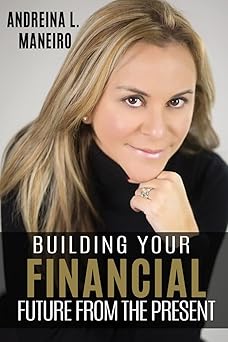
Building a secure financial future from where you are today requires a thoughtful and intentional approach. Retirement, often associated with stopping income production, has become a more nuanced concept, especially with the changing nature of work and lifestyle. The book emphasizes the importance of connecting with your purpose and creating a plan that aligns with your values and goals. It encourages readers to invest in instruments and experiences that bring joy and fulfillment, rather than just accumulating wealth. The book serves as a guide to help navigate the various financial plans and strategies available, empowering individuals to make informed decisions that suit their unique circumstances. By taking control of one's finances, readers can create a fulfilling life, achieve their bucket list, and enjoy the ride, all while cultivating a sense of purpose and meaning. This book offers valuable insights and practical advice, making it an essential resource for anyone looking to build a sustainable financial future.
Discover this book on Amazon (affiliate link)
Unretirement: How Baby Boomers are Changing the Way We Think About Work, Community, and the Good Life
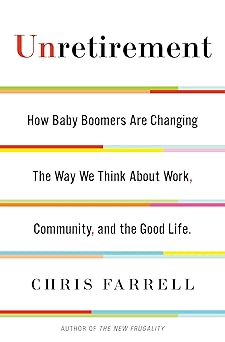
As I read through the pages of this book, I couldn't help but think about my own grandfather, who continued to work well into his 70s. He was a farmer, and his passion for the land and his community drove him to keep going long after many people his age would have retired. To me, this story represents the very essence of what the author, Chris Farrell, is talking about - the shift away from the traditional idea of retirement and towards a more youthful and vibrant approach to work and life. The author argues that the traditional notion of retirement as a time of withdrawal and reduction is not only outdated but also misguided. Instead, he points out that humans have always found meaning and purpose in their work and community, and that the baby boomer generation is already experiencing this shift. As I read about the experiences of people like my grandfather, who are continuing to work and contribute to society well into their 60s and 70s, I couldn't help but feel a sense of hope and excitement for the future. The author provides a wealth of insights and practical advice for people who are about to navigate this new frontier, drawing on his decades of experience covering personal finance and economics. What I found particularly compelling about this book was the way it highlighted the potential benefits of this shift - not just for individuals but for the economy and society as a whole. The author's vision of a society that values and leverages the experience and skills of older workers is not only inspiring but also deeply plausible. As I finished reading this book, I couldn't help but feel that we are on the cusp of something truly significant, and that this book has provided a powerful framework for thinking about the future of work and retirement.
Discover this book on Amazon (affiliate link)
